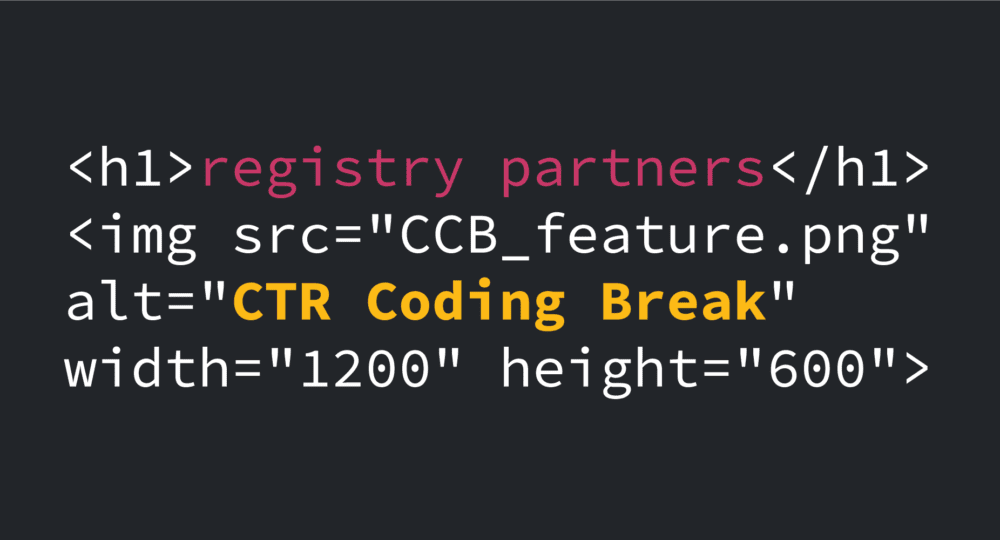The June 2022 CTR Coding Break discusses Lymphovascular Invasion. What is Lymphovascular Invasion exactly? Lymphovascular Invasion is the presence of tumor cells in lymphatic channels and/or blood vessels within the primary tumor noted microscopically by the pathologist. In some cases, the presence or absence of Lymphovascular invasion is used as an indicator of prognosis. The three main objectives of the presentation include: Identifying synonyms for Lymphovascular Invasion, Rules applying codes 0, 8, and 9, and coding Lymphovascular invasion in cases with neoadjuvant therapy.
Synonyms for Lymphovascular invasion include but are not limited to: Angiolymphatic Invasion, Blood Vessel Invasion, Lymph vascular emboli, Lymphatic Invasion, Vascular Invasion & Lymphovascular space invasion. This list is located on page 137 of the SEER Program Coding and Staging Manual.
The STORE Manual provides instruction for applying codes 0, 8 and 9. Code 0: indicates LVI is Not Present/Not Identified. STORE instructs to use code 0 when the pathology report indicates there is no lymphovascular invasion. This includes in situ cancers which biologically have no access to lymphatic or vascular channels below the basement membrane. We can apply code 0 for an in situ case even if LVI is not mentioned on the path report. Code 8: Not Applicable is used for Benign/Brain & CNS tumors, Gastrointestinal Stromal Tumors or GISTs and for Heme & Lymphoma histologies. STORE page 148 contains a list of Schema IDs that must be coded to 8 Not Applicable. Code 8 should also be used when your standard setter does not require this item and the state/central registry is not collecting it. Code 9: Unknown/Indeterminate is used when LVI is not documented on the pathology report, there is no microscopic tissue examination from the primary site, the primary site specimen is cytology only, and in cases where the primary site is unknown.
For cases treated with neoadjuvant therapy STORE instructs to refer to the table on page 146 to code the data field. The table should be used based on the results of LVI on the pathology report prior to neoadjuvant therapy (Column 1) and the results of LVI on the pathology report after neoadjuvant therapy (Column 2). Column 3 indicates the code entered into the data field in your registry software. The presentation concludes with 2 case scenarios.





